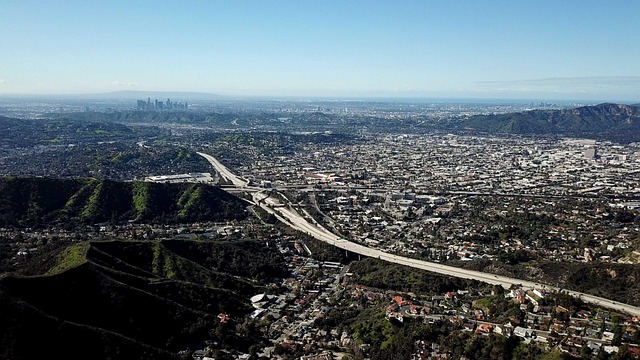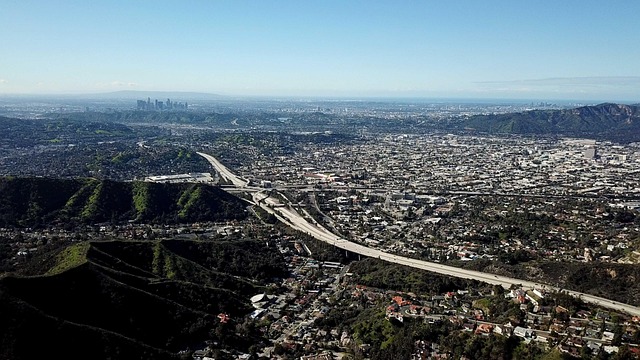Strategic real estate planning is key to identifying prime locations for sports and entertainment hubs. Factors like accessibility, proximity to residential areas and transportation hubs, parking availability, and efficient public transport are crucial. Integrating cultural heritage and arts scenes attracts events, enhances community engagement, and drives economic growth through increased footfall and tourism. Urban real estate trends favor multi-purpose venues revitalizing downtowns, attracting investment, and boosting local economies. These hubs foster vertical integration, smart urban design, and enhanced metropolitan quality of life, driving economic growth through tourism, job creation, infrastructure investment, and elevated property values.
In today’s competitive global market, establishing a dynamic sports and entertainment hub can catalyze regional growth. This article explores strategic locations for such hubs, analyzing real estate trends that drive urban landscapes towards athletic events. We delve into the economic impacts of developing these regions, considering employment, tourism, and infrastructure enhancements. By integrating real estate insights, this comprehensive guide offers valuable insights for urban planners and investors alike.
Identifying Key Locations for Sports and Entertainment Hub

Identifying key locations for a sports and entertainment hub involves careful consideration of real estate factors. Prime spots are typically those with easy accessibility, both by foot and vehicle, to accommodate a diverse range of visitors. Proximity to existing residential areas and transportation hubs is crucial, as it encourages foot traffic and convenience for attendees. Moreover, the presence of ample parking spaces or well-connected public transport systems can significantly enhance the user experience.
Geographic locations with a rich cultural heritage or a vibrant arts scene often attract events and installations that foster community engagement. Real estate developers can leverage these attributes by integrating sports facilities, concert halls, and entertainment venues into existing urban landscapes, creating multifaceted hubs that cater to diverse interests and contribute to the regional economy through increased footfall and tourism.
Real Estate Trends Shaping Urban Landscapes for Athletic Events

The real estate trends playing a pivotal role in shaping urban landscapes are significantly influenced by the growing demand for sports and entertainment hubs. Cities across the globe are experiencing a surge in the development of multi-purpose venues, seamlessly integrating athletic events with cultural performances. This fusion is not only revitalizing downtown areas but also attracting investment and fostering community engagement.
Real estate developers are increasingly collaborating with sports organizations to create mixed-use complexes that include arenas, stadiums, and entertainment districts. These projects not only cater to the local population’s needs for recreational activities but also serve as economic catalysts by drawing tourists and generating revenue for surrounding businesses. The trend towards vertical integration and smart urban design ensures that these hubs become vibrant centers of activity, enhancing the overall quality of life in metropolitan areas.
The Economic Impact of Developing Sports and Entertainment Regions

The development of sports and entertainment hubs can significantly boost local economies through a multifaceted approach. Firstly, these regions attract tourists, increasing visitor spending in surrounding real estate and hospitality sectors. Secondly, they serve as training grounds for athletes, fostering job creation and investment opportunities in infrastructure. The influx of events, from concerts to sporting tournaments, stimulates local businesses and enhances the region’s overall attractiveness, leading to potential increases in property values and rental rates.
Moreover, entertainment districts often become cultural landmarks, fostering urban renewal and attracting diverse populations. This, in turn, can drive demand for real estate development, including residential, commercial, and recreational spaces. As these hubs grow, so does the local tax base, providing governments with additional revenue to invest in public amenities and services, creating a positive cycle of economic growth and community enrichment.






